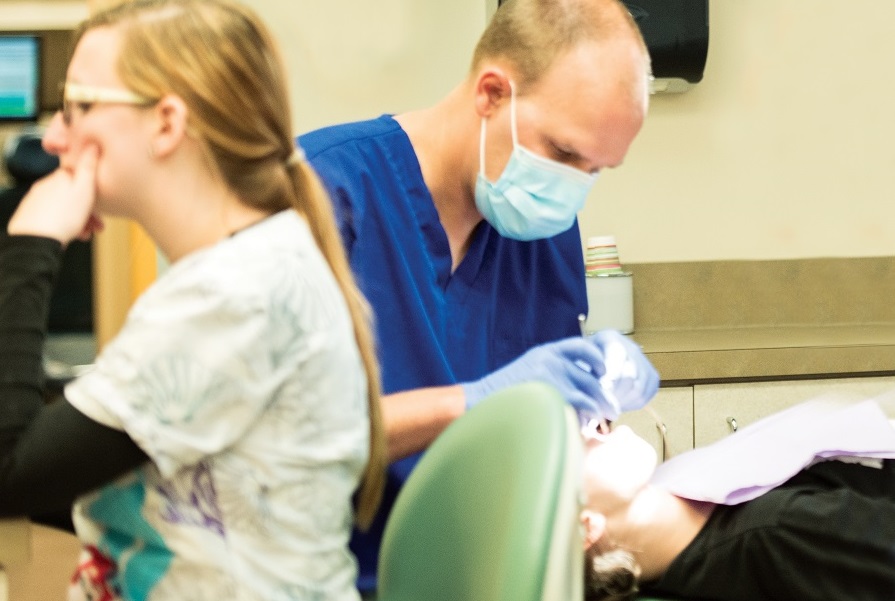Salivary Gland Cancer: What Is It?
By Jill Feilmeier on March 14, 2013 in Dental Health

Oral cancer often gets the spotlight as the most detrimental oral health condition so you may be surprised to hear about a mouth cancer called Salivary Gland Cancer.
Salivary glands make saliva, the fluid you have in your mouth and throat. You have three types of major salivary glands. Each type comes in pairs:
- The parotid glands, where most salivary gland tumors start, are found on either side of the face, just in front of the ears. These are the largest salivary glands and about seven out of 10 salivary gland tumors start there.
- The submandibular glands are found at the back of the jaw. These glands are smaller than the parotid glands and about one- to-two tumors out of 10 starts there.
- The sublingual glands are the smallest and are located under the floor of the mouth and below the tongue. It's rare for tumors to start in these glands.
You also have hundreds of minor glands that can't be seen without a microscope. These are found beneath the linings of the lips, tongue, and the roof of the mouth. It's not common for tumors to start in the minor glands. But if tumors are found there, they are most likely to be cancerous, according to the American Cancer Society.
Salivary gland cancers are not very common. They account for less than 1% of cancers in the United States and usually account for one case per 100,000 people in the U.S., according to the American Cancer Society. Most salivary gland cancers are found in people who are age 65 or older. They are more common in men than women.
Awareness of the risks and regular dental visits are two ways you can help catch it early. If you are concerned about Salivary Gland Cancer, have a talk with your dentist. Chances are you are not at risk but it may feel good to get reassured.